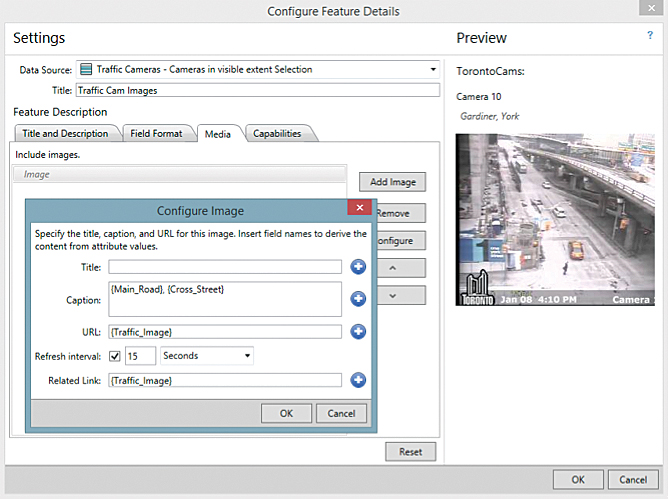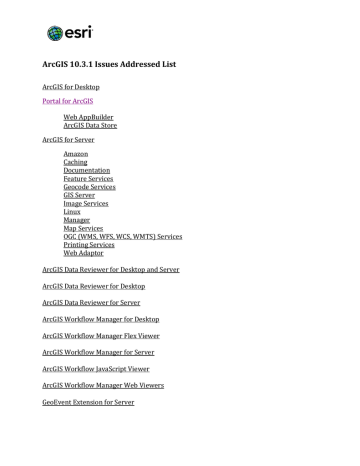

- #ARCGIS 10.3 COMBINE HOW TO#
- #ARCGIS 10.3 COMBINE CODE#
- #ARCGIS 10.3 COMBINE PC#
- #ARCGIS 10.3 COMBINE LICENSE#
- #ARCGIS 10.3 COMBINE SERIES#
#ARCGIS 10.3 COMBINE LICENSE#

#ARCGIS 10.3 COMBINE CODE#
Probably it is better if I just start including some code so that you can better understand.If your existing site has been configured to use HTTPS, you must add the new GIS server to the site as described in Adding a GIS server to a site in Manager.īefore you add a GIS server to a site, you should ensure that it meets the following criteria: For this reason the R script is a bit different compared to the one you would do to reach the same result outside of ArcGIS.
#ARCGIS 10.3 COMBINE SERIES#
This library has a series of functions that allow the R script to be run starting from the ArcGIS console and its GUI.
#ARCGIS 10.3 COMBINE HOW TO#
I started from these to learn how to create scripts that work.Īs I said, ESRI created a specific library for R to be able to communicate back and forth with ArcGIS: it is called “arcbinding” and it is installed during the installation process we completed before.

When you unzip this you will find a folder named “Scripts” where you can find R scripts optimized for the use in ArcGIS. I found the process extremely easy!!ĮSRI created two examples to help us get started with the development of packages for ArcGIS written in the R language. Now you just need to run the script “Install R Bindings” and ArcGIS will take care of the rest. At this point you need to run ArcGIS as aministrator (this is very important!!), and then in the ArcCatalog navigate to the folder where you unzip the zip you just downloaded. You can unzip its content anywhere on your PC.
#ARCGIS 10.3 COMBINE PC#
TYou only need a recent version of R (I have the 3.0.0) installed on your PC (32-bit or 64-bit, consistent with the version of ArcGIS you have installed) and ArcGIS 10.3.1 or more recent.Īt this point you can download the installation files from the R-Bridge GitHub page: In this post I will describe in details how to create the Toolbox and the R Script to perform the analysis. Since I never worked with R-Bridge before, Today I started doing some testing and I decided that the best way to learn it was to create a simple Toolbox to do K-Means clustering on point shapefiles, which I think is a function not available in ArcGIS. This way students will learn the power of R starting from the familiar environment and user interface of ArcGIS. For example, this Autumn semester we will implement in the course of GIS III a module about geo-sensors, and then I will teach spatio-temporal data analysis using R within ArcGIS. This I think is a mistake, since R in my opinion is easier to learn for people without a background in computer science, and has very powerful libraries for spatio-temporal data analysis.įor these reasons, the creation of the R-Bridge is particularly welcomed from my side because it will allow me to teach students how to create powerful new Toolboxes for ArcGIS based on scripts created in R. ArcGIS, is based on Python and therefore courses in departments of geography and geomatics tend to focus on teaching Python, neglecting R. This is because the main GIS application, i.e. However, I have the impression that within the geography community, R is still considered a bit of an outsider. I am particularly interested in this application because R has become quite powerful for spatial data analysis in the last few years. This became reality I think early this year with R-Bridge.īasically, ESRI has created an R library that is able to communicate and exchange data between ArcGIS and R, so that we can create ArcGIS toolboxes using R scripts. Last year at the ESRI User Conference in San Diego, there was an announcement of an initiative to bridge ArcGIS and R.


 0 kommentar(er)
0 kommentar(er)
